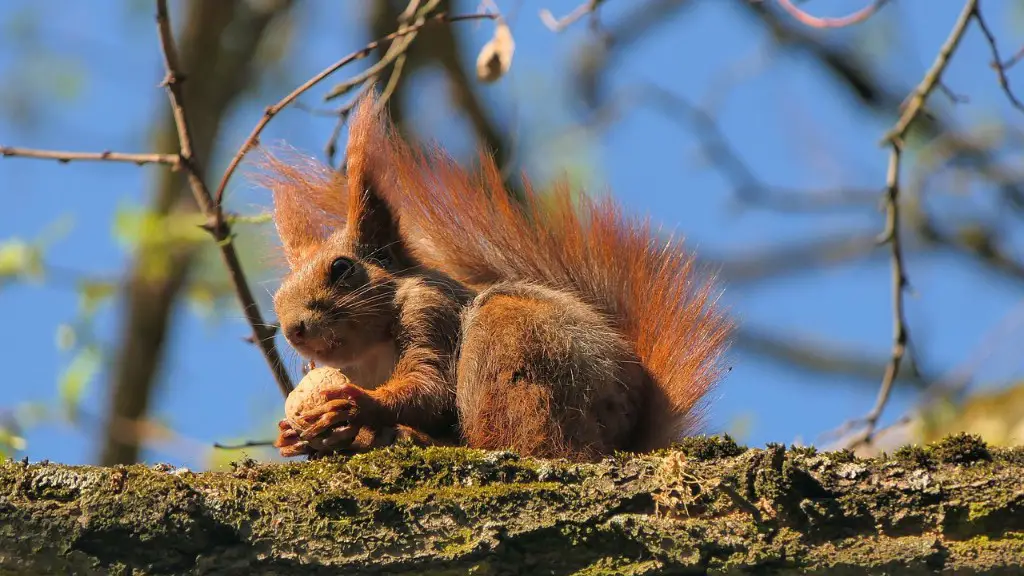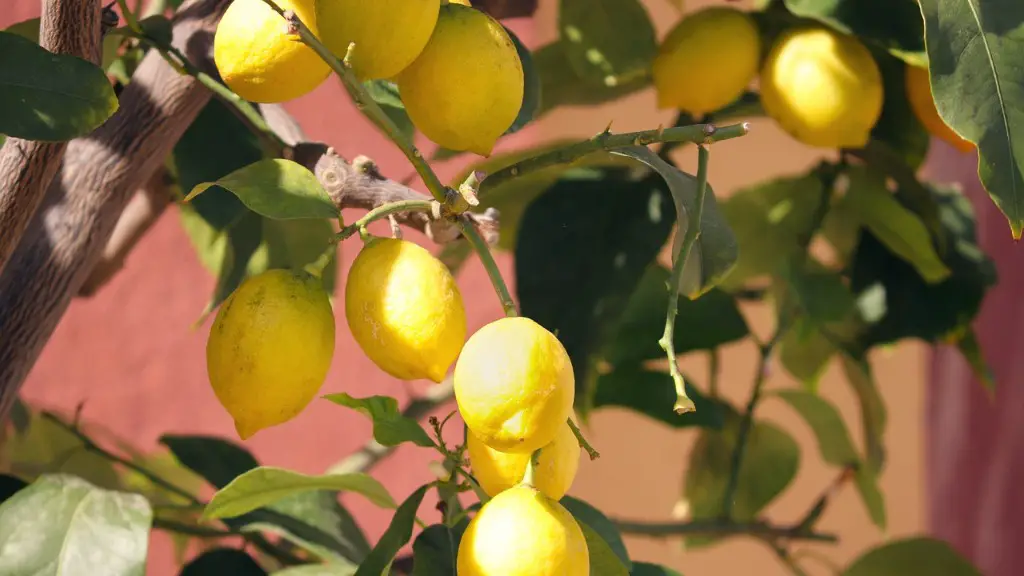Buckeye trees are native to Ohio and other parts of the Midwest. They are easily grown from nuts, which can be collected in the fall after the tree’s leaves have fallen off. Buckeyes can also be purchased from online nurseries. The tree’s nuts are poisonous to humans, but they are an important food source for many animals, including squirrels and birds.
First, you’ll need to find a buckeye tree. There are several ways to do this, but the best way is to find a place where buckeyes are known to grow and look for one there. Once you find a buckeye tree, you’ll need to gather some of the nuts. Buckeyes can be poisonous if eaten, so be sure to wash your hands thoroughly after handling them.
Next, you’ll need to plant the buckeye nuts. The best time to do this is in the fall, after the nuts have had a chance to mature. Find a spot in your yard that gets partial sun and dig a hole that’s about twice the size of the nut. Plant the nut in the hole and cover it with soil.
Water the area well and keep it moist until the buckeye tree sprouts. Once the tree is established, it will be drought tolerant and won’t need much water.
How long does it take for a buckeye seed to sprout?
Buckeye seeds will germinate best in warm temperatures, between 70 and 85 degrees Fahrenheit. The University of Florida Department of Environmental Horticulture reports that buckeye seeds will germinate in three to four weeks under these conditions. If you’re hoping to grow buckeyes, start the seeds in a warm location and keep them warm throughout the germination process.
It can take up to ten years for a tree to flower and fruit. The tree prefers full sun for best development and will do fine in heavy clay soils, not quite as well in sandy soil. The root system is sparsely branched and needs deep soil with some room to spread.
How do you process buckeye nuts
Buckeye nuts are not edible unless they are leached first. Leaching involves boiling, peeling and soaking the nuts to remove tannins while preserving the nutritional content of the meat. This process can take up to several weeks, but it is necessary in order to make the nuts safe to eat.
When you are planting seeds, it is important to choose a location that is shady and protected from the wind. This will help to prevent the seedlings from burning.
Can I plant a buckeye nut?
Buckeyes should be planted in loose, well-worked soil about 6 inches apart, at a depth twice the diameter of the seed. It won’t hurt to plant more Buckeyes than you want, since only half are likely to germinate. To help hold the soil in place, put 2 to 3 inches of mulch, straw or well-rotted sawdust over the planting.
Red buckeye (Aesculus pavia) is a showy, deciduous shrub or small tree that’s native to the southeastern United States. In spring, its branches are covered with 6-inch-long panicles of deep red flowers. The flowers are followed by shiny, dark brown seeds that ripen in fall and often persist on the plant through winter.
Are buckeye trees good in yard?
The Ohio bunkeye makes for a good yard tree with some caveats, say experts at The Ohio State University. The key is to plant it before the summer heat hits or in the fall. The Ohio buckeye is also Ohio’s state tree and is Ohio State University’s symbol.
Roses require specific soil conditions in order to thrive. They need a silty clay loam that is rich in organic matter and slightly acidic. The soil should also be moist but well drained. Roses can grow in other soil conditions, but they will not do as well if the soil is too dry or very clay based or sandy.
Do squirrels eat buckeye nuts
The reason squirrels can eat buckeye nuts without getting sick is because they have a special enzyme in their intestines that breaks down the toxins in the nuts. Other animals lack this enzyme and so the toxins build up in their system and make them sick.
Buckeye nuts are best dried in the sun for a few days. If you want to speed up the drying process, you can dry them in an oven at 200 degrees Fahrenheit for two hours.
Can you do anything with buckeye nuts?
There is no scientific evidence to support these claims, but the buckeye does contain a small amount of tannin, which has historically been used as a topical astringent.
Buckeye seeds can be poisonous to humans and livestock if consumed in large quantities. Despite this, squirrels are known to eat the raw seeds. It is unclear why they are attracted to the seeds, but it is possible that they are attracted to the taste or smell.
Do buckeye trees need a lot of water
Buckeye trees are a great choice for a drought-tolerant tree once they are established, but they need regular watering during their first growing season to ensure that their roots establish properly. deep watering immediately after planting is essential to help your tree get off to a good start.
Buckeye trees are not just native to Ohio, but also to a wide range of other states in the US. The Ohio buckeye is rated as a USDA zone 4 tree and can withstand colder temperatures than other buckeye species. Buckeye trees are a beautiful addition to any landscape and provide many benefits to the ecosystem, including providing shelter and food for wildlife.
Are there male and female buckeye trees?
The buckeye tree produces hermaphroditic flowers in the late spring. The flowers are arranged in an upward-pointing panicle and are 10-20 cm in length. The panicle is a much-branched, compound inflorescence.
Nuts are the fruit of the buckeye tree, which is native to North America. The tree produces a brown, bumpy fruit that contains one or more shiny nuts. The nuts are poisonous to humans and animals if consumed in large quantities. Horse chestnuts are a similar type of tree, but they are native to Europe and Asia. These trees produce a spiny green fruit that contains up to four nuts. Like buckeyes, horse chestnuts are also poisonous to humans and animals if consumed in large quantities.
What does a buckeye seed look like
Buckeyes are distinctive trees, known for their early spring flowers and for the seeds that have inspired the name of this unique family of trees. The nut-like seeds are shiny and dark brown, with a light-colored spot that gives them the appearance of a deer’s eye. Buckeyes are beautiful trees that are also interesting and unique.
The buckeye tree is a poisonous tree that can cause paralysis, vomiting, diarrhea, and stupor if any part of the plant is ingested. Farmers have been known to remove the buckeye tree from fields where cattle graze to prevent the animals from eating any part of the tree. Just touching the tree is not harmful.
Final Words
1. Soak the buckeye nut in water for 24 hours.
2. Plant the nut in well-draining soil in an area that receives full sun.
3. Water the soil around the nut regularly, keeping it moist but not soggy.
4. Fertilize the soil with a balanced 10-10-10 fertilizer once the plant has begun to grow.
5. Prune Buckeye trees as needed to promote a strong structure.
If you live in an area where buckeye trees are native, you can grow your own buckeye tree from a nut. You’ll need to plant the nut in early fall, and it will take approximately six to eight weeks for the nut to sprout. Keep the soil moist but not waterlogged, and fertilize the young tree with a high-phosphorus fertilizer. Once the buckeye tree is established, it is relatively drought-tolerant.



